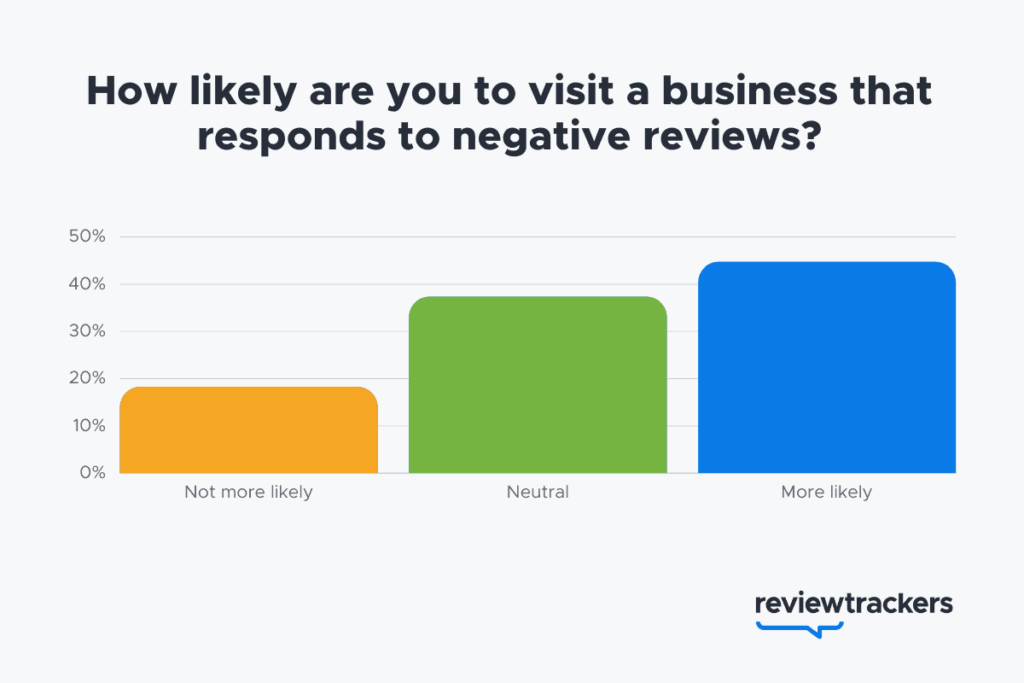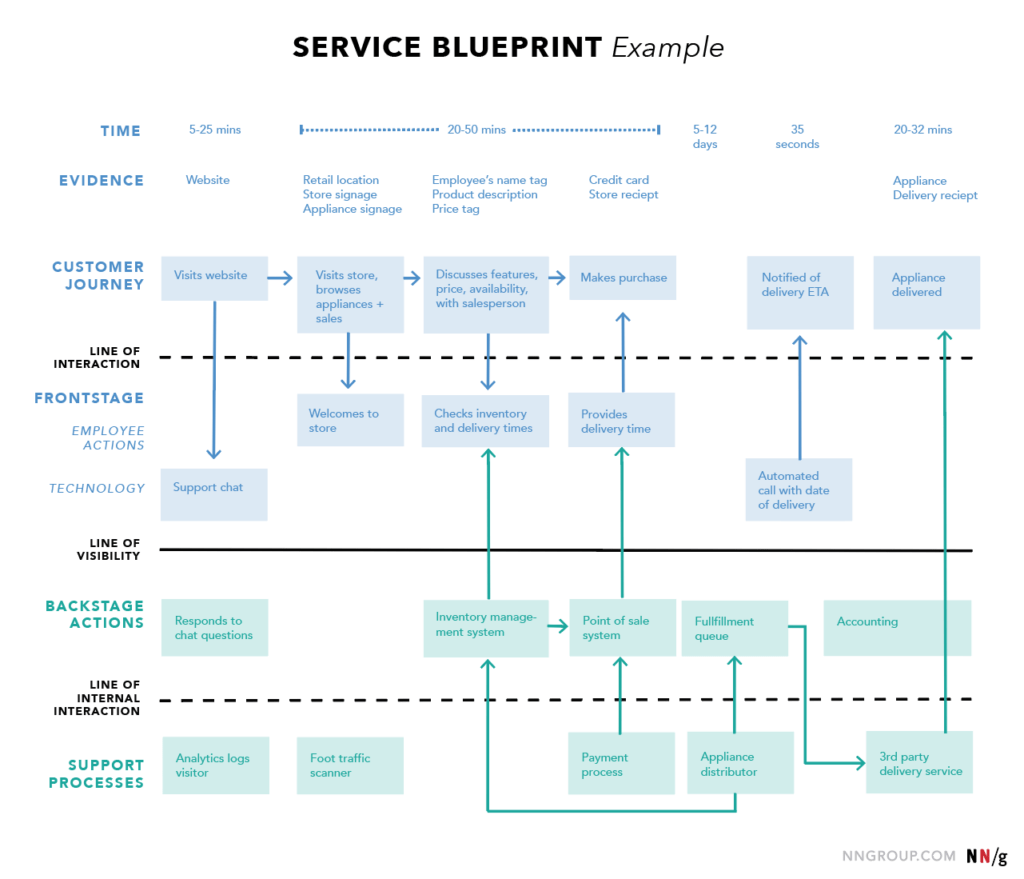A service blueprint is divided into two levels, frontstage actions and backstage actions. As the term suggests, frontstage actions are what the customer sees and interacts with, such as interacting with a salesperson or visiting a website.
On the other hand, backstage actions are the things happening behind the scenes that are nevertheless essential for providing quality customer service. Some examples include providing accurate descriptions and measurements, performing in-house quality checks, and liaising with third party delivery service providers to ensure that customers get their items in time.
Here are some points to consider at each level:
-
Frontstage
- How does the customer journey look like as they try to achieve their goal? Is there anything confusing? Do they require more information at any point?
- What are customer reviews saying? What do they like? What do they dislike?
-
Backstage
- How is the process of handling a customer complaint like? Do staff have the tools they need to perform their tasks?
- Do staff notice certain issues recurring often? What are they? What can be done to improve those issues?
- What are some systems and processes crucial to business operations?
- What happens to company operations when unexpected issues occur, such as websites going down or delivery times taking longer than expected?
Like customer journey maps, service blueprints are helpful for bringing the different components of the customer experience into focus. Visualising and detailing these components can in turn lead to growth opportunities by identifying pain points and frustrations, as well as indicate directions for resource allocation.


